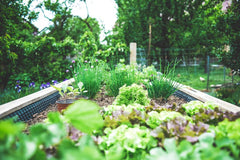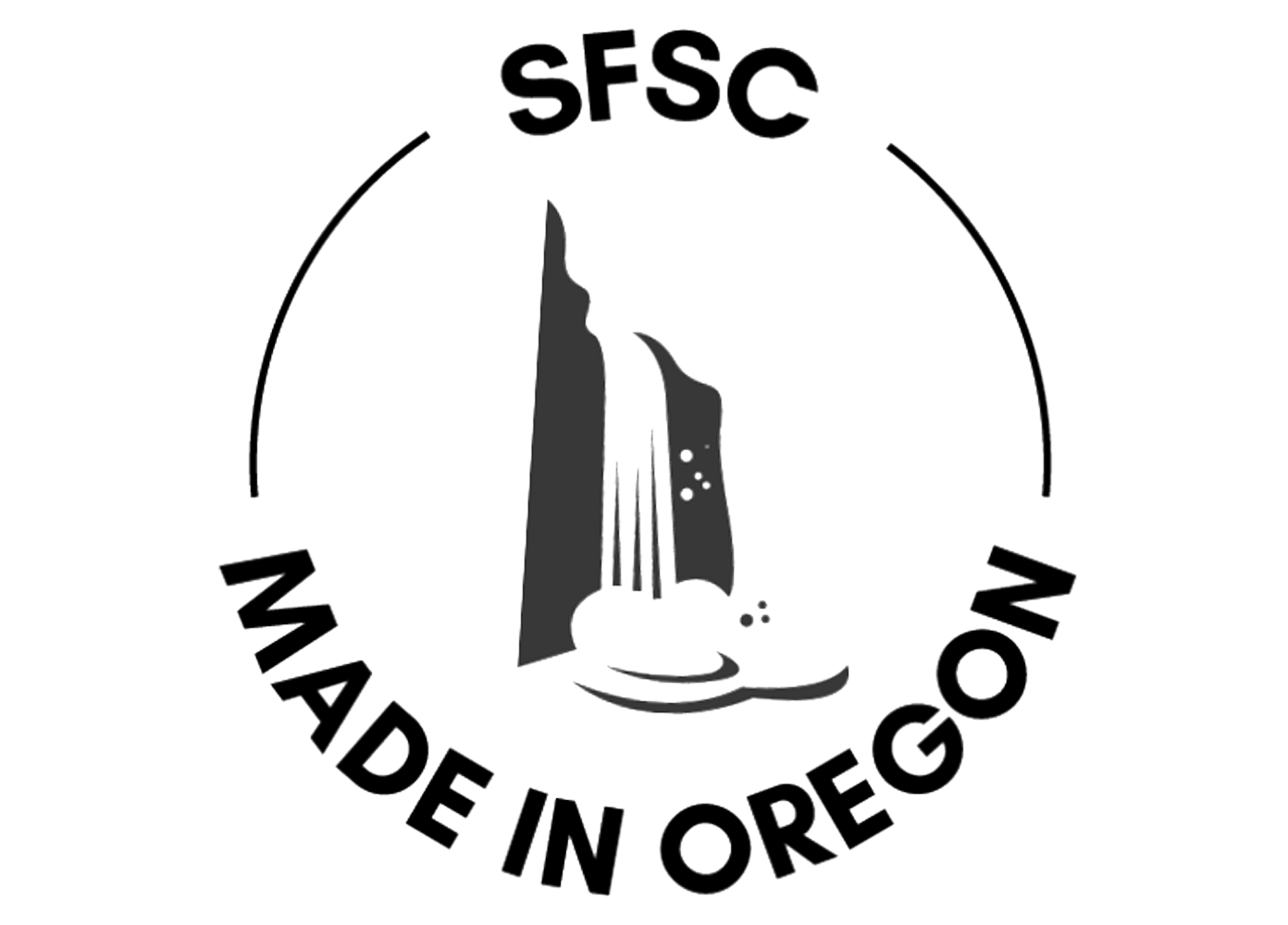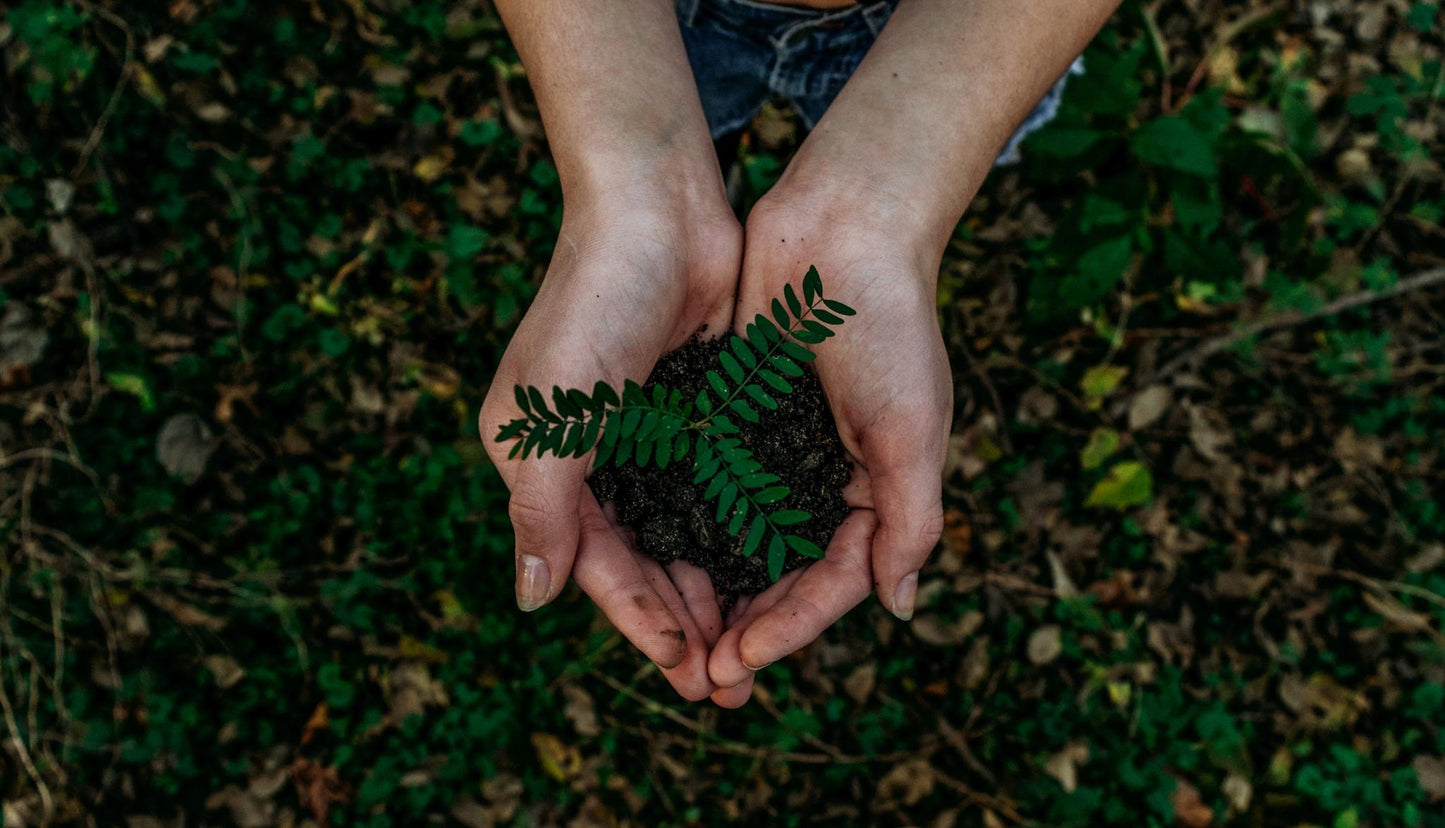

One of our favorite things about you — our customers — is how much you care about the planet. (And you’re seriously some of the nicest people on Earth!)
As we work to build a healthier world, cutting down on waste is essential. So we make all of our products, packaging, and shipping materials 100% plastic-free.
After you open your parcel from us, you may wonder how to compost or recycle our unique zero-waste packaging. In this article, we go through all the specifics to help you easily recycle or compost any Silver Falls Sustainability Co. packaging.
Why Zero-Waste Packaging Matters

With the recent boom in e-commerce, we’re bringing more and more packaging into our homes. You can probably think of a time you ordered something that arrived seriously overpackaged — with enough sealed air, Styrofoam, and plastic to protect the Mona Lisa.
So what happens to all that material? One report found that only 14% is collected for recycling.1 And looking at plastic in general, some scientists estimate a measly 9% of all plastic created gets recycled.2
The rest of it ends up in landfills or escapes into the environment. And since plastic can take 400 years to break down, it’s no wonder the waste keeps building up.
That’s why we decided to do things differently — because we believe every small step toward a zero-waste world makes an impact.
What is Silver Falls Sustainability Co. packaging made from?
We don’t use an ounce of plastic in our shipping materials or our product packaging. We even invested in a thermal printer so we wouldn’t need to use ink cartridges!
Here’s a rundown of everything you’ll see in a package from us.
Everything we send you is either compostable or recyclable. This lets you enjoy the products you love without any harmful plastic waste.
Next, we’ll show you how to compost or recycle all of our zero-waste packaging.
How to Compost or Recycle Our Zero-Waste Packaging (The Easy Way!)
The short guide is this: you can recycle all our labels and inserts. The padded mailers are recyclable in most places, and they’re also compostable. Our solid-filled tubes shouldn’t be recycled because of the oil content — you should compost those instead.
Now we’ll walk you through a step-by-step process for taking care of your used packaging.
Shampoo & Conditioner Bars
If you ordered your bars stamped or unwrapped, you’re already done! Simply use your bars until they’re gone. If your bars come in a paper label, you can remove the label and recycle it.
We sometimes wrap bars in tissue paper for extra protection. You can check if your area accepts tissue paper for recycling. If not, you can reuse or compost it.
Tissue paper is a “brown” in composting, so you can just shred it and add it to the pile to absorb moisture.
Empty Tubes: Lotion, Deodorant, Lip Balm, & Sunscreen
Our tubes are made from recycled cardboard. Since our products leave oil on the tubes, they shouldn’t be recycled. Once your tube is empty, peel off the label and recycle it. Then add your tube to compost!
If your compost pile is well-established, you can compost it at home. Simply tear it into smaller pieces and add it to the pile as a brown.
You can also send your tube to a local composting center, where they can process it in industrial facilities.
Shipping Materials, Mailers, & Inserts
Our shipping materials are 100% plastic-free — and they’re all designed specifically to compost or recycle with ease.
First, you can peel off the shipping label and recycle it (along with any package inserts).
Our padded mailers are made from recycled paper. Some areas can recycle them, so you can check with your local recycling authority to find out.
To compost our mailers, tear them into smaller pieces and add them to your compost pile. Since our tape is plant-based and biodegradable, there’s no need to remove it!
Leaving No Trace
Once you’re finished recycling or composting your packaging materials, all you’re left with are your favorite natural products. There’s no harmful chemicals, no added waste, and no hassle.
With every piece of earth-friendly packaging, you’re making a difference.
Quick Guide on Composting

Composting Our Zero-Waste Packaging = Love for the Planet
Using cardboard in compost helps add bulk, absorb excess moisture, and feed healthy bacteria. When you compost our packaging, you’re doing something good for you, your plants, and the planet.
First, composting helps you reduce waste and can save you money. Soil and fertilizer are often pricey — so creating your own can help reduce costs when gardening season comes around.
Second, plants thrive with natural compost. This is because it’s full of the nutrients plants need the most. And it’s free from harmful chemicals that can inhibit growth.
Last, composting helps take material out of the waste cycle. Food scraps and paper products break down faster in compost — and composting keeps food scraps from releasing methane as they decompose.
Composting at Home vs Using Local Resources
Many cities have composting centers that offer pick-up or drop-off collection. This handy tool can help you locate a composting center near you. You can collect compostable materials in a sealed container until you’re ready to send them off to the pile.
If you’re interested in composting at home, getting started is easier than you’d think!
Note: Composting our cardboard tubes works best in established compost piles. So if you’re just starting out, we recommend you hold onto the tubes until you find your composting groove.
Greens & Browns in Composting
The base of composting is a balance of greens and browns. Funnily enough, the name has nothing to do with the color of the materials!
Greens are organic materials rich in nitrogen.
Plants use nitrogen to convert sunlight to food, so your garden loves it. Some examples of greens are vegetable & fruit scraps, grass clippings, tea bags, coffee grounds, eggshells, and flowers. Greens help your compost pile by adding nutrients and moisture.
Browns are organic materials rich in carbon.
Using enough browns encourages good bacteria and helps keep your pile from turning into moldy mush. Browns include cardboard, paper, sticks and twigs, dried leaves, or wood chips.
A good starter ratio of browns to greens is 4:1. You can play around with this until you find the sweet spot. Just add more browns if your pile is too wet, and more greens if it’s consistently too dry.
Smaller pieces break down faster, so we recommend shredding or cutting up materials before adding them to your compost.
A few things you should never put in your compost are:
- Animal products (meat, dairy, or eggs)
- Plastic or plastic byproducts
- Pet food, litter, or droppings
- Foods made with cooking oil or grease
These attract pests and can turn your pile into a stinky mess.
Setting Up a Simple Compost Bin
To make an easy outdoor compost pile, all you need is a plastic bin with a lid. Most of us already have plastic bins lying around somewhere, and it’s a great way to put them to use.
- Drill drainage holes along the bottom of a medium-to-large plastic bin with a lid.
- Place your bin in an accessible, flat area.
- Add a 4-6” layer of browns on the bottom.
- (Optional) Layer on some soil to add native bacteria.
- Add a layer of greens.
- Give your compost a bit of time to get started before adding more.
- Continue layering browns and greens as need.
- Turn your compost a few times a week by mixing it gently with a shovel or gardening tool.
- Water lightly as needed to keep it moist.
- Your compost should be ready in 4-6 weeks!
If your pile starts smelling rancid or really nasty, throw the whole batch out. This means the wrong type of bacteria is taking over. You may need to use more browns in the next batch.
Whether you decide to compost at home or send your packaging to a facility, you're doing something that has a big impact on our environment.
Creating a Zero-Waste World One Package at a Time

One of our core goals is to only create things that are great for you and for the planet. That’s why we only use the highest-quality natural ingredients in our products. It’s also why we’ve spent the years since our launch perfecting our plastic-free packaging methods.
At the end of the day, we couldn’t do any of this without your support. So thank you for taking this journey to sustainability with us. We’re inspired by your commitment to care for the environment.
We hope this guide has answered all your questions about how to compost or recycle our zero-waste packaging. Feel free to reach out if you have more questions.
And in the meantime, you can browse our shop and put together your next plastic-free package!
Sources:




Hi Heather! When we say “throw the whole batch out” we just mean throw the entire batch of compost into your normal trash bin (preferably the outside one so you don’t get unpleasant smells inside). If the compost bin is yucky afterwards, it’s a good idea to clean it out so you don’t get leftover microorganisms in the next batch.
Thank you for helping my family go “zero waste”. Can you tell me what to do with the labels on the deodorant? They don’t seem to be recyclable or compostable and are not mentioned in the article.
When you say “throw the whole batch out,” what does that look like? Throw it where?
Thanks for all this good info and the great products.